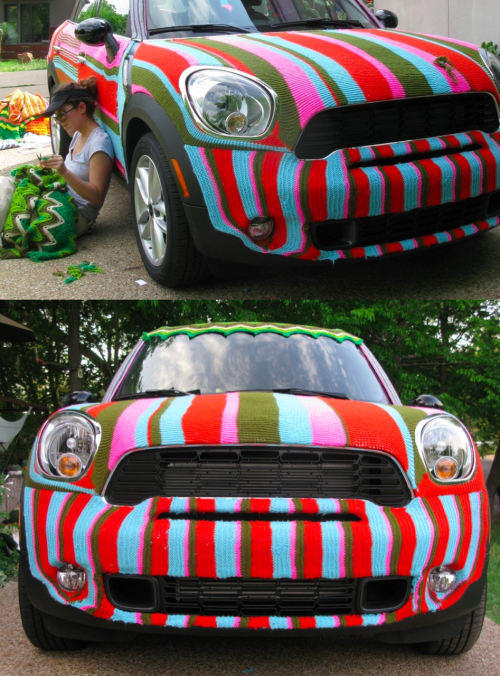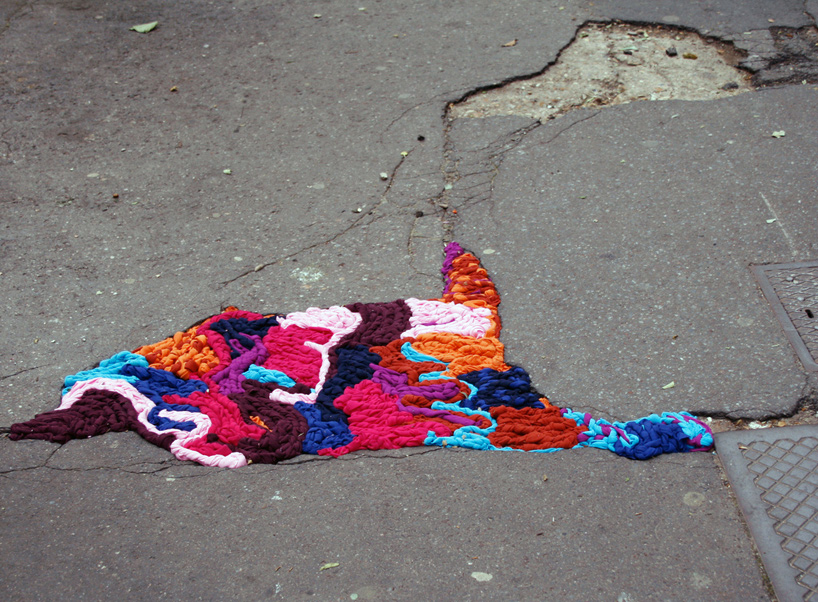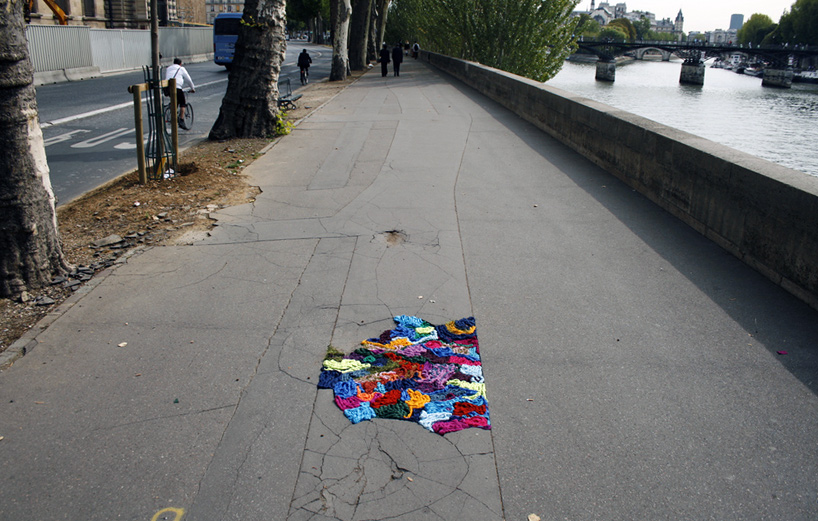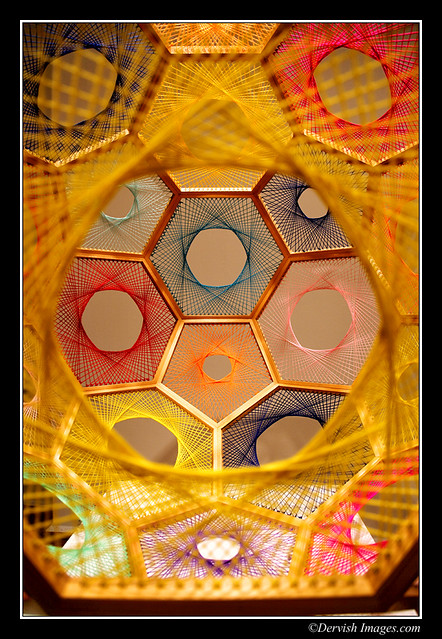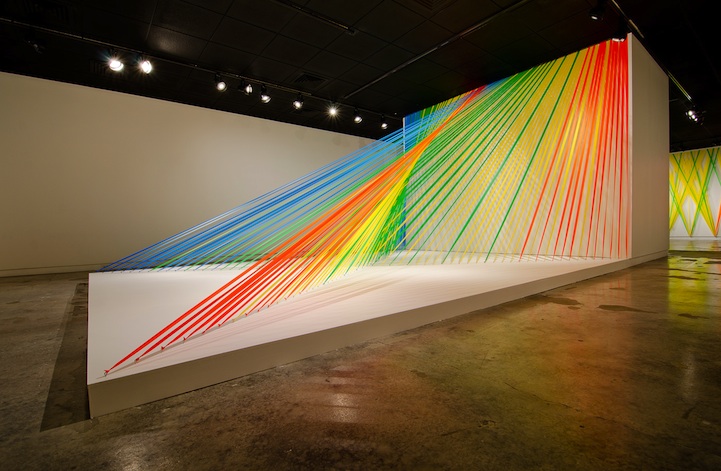"I would recommend NTU because of the brilliant facilities and technicians and the creative atmosphere in the Bonington building."
"Why choose this course?
This degree gives you a unique opportunity to explore, develop and create with a variety of traditional and modern materials, including:
ceramics
glass
metal
paper
plastic
textiles
wood.
It is a modular degree course, designed to give you a mix of practical, theoretical and technical skills."
"What will I study?
As well as studio and workshop sessions, you'll learn through tutorial, seminars, lectures, and regular visits to galleries, active workshops, design practices, businesses, and museums.
Year One
- You'll get involved in studio and workshop projects, working across a wide range of materials and developing craft skills
- You will learn essential practical IT skills like computer-aided design (CAD), to develop forward through your degree.
Year Two
- You will work on specific design briefs, developing more in-depth technical and craft skills.
- The business-focused modules will develop your commercial awareness of marketing, product development, planning and communication.
- You will undertake short work experience placements, supported by tutorial staff, are designed to hone your skills.
Year Three
- You can choose a specialist area and develop your creative practice, then put together a dissertation and exhibition of your work.
- You can opt for our live trading module as an alternative to a dissertation. It's a commercially focused option that involves producing a business plan and, ultimately, launching a new product in a commercial or retail environment - for the last two years we've opened our own commercial Decorative Arts shop as part of the module
"How will I be assessed?
This is based on coursework, with the final year featuring an exhibition of work and a written project."












